Year to date, Todd-Wadena Electric Cooperative (TWEC) has had 143 outages caused by trees. These have affected nearly 3,000 members, with over 4,200 hours of power off. “When we have storms like we’ve had this season with strong maintained winds, there’s not a whole lot that can be done to prevent outages from happening. However, TWEC does have a proactive vegetation management program that prevents a lot of outages that could happen with lesser winds,” explains TWEC contracted Arborist Joe Sworski.
He continues, “Over the course of the year, we look for dead and damaged limbs and try to clear those hazards before the winds pick up, the snow falls, or our region experiences other inclement weather. By taking care of issues before outages occur, we make the system more reliable.”
To accomplish this task, Todd-Wadena contracts with Carr’s Tree Service to execute the cooperative’s vegetation management plan. This involves tree pruning, brush removal, mowing, and spraying.
Members can do their part to help prevent outages by allowing crews to trim trees when necessary to protect power lines. Trees are the number one cause of the outages during storms; maintaining a right-of-way on each side of the pole line will help prevent outages for you and your neighbors. If you notice a tree threatening a line, please call Todd-Wadena Electric Cooperative and report the issue.
Sworski also mentions that one of the most helpful things members can do is to plan ahead before planting any trees or shrubs near power lines on their property. “Remember to look up and notice where the power lines are at,” he cautions. “Make sure to only plant the appropriately-sized trees around lines.”
Todd-Wadena thanks our members for partnering with us in our vegetation management efforts. By keeping the cooperative’s lines free of trees and vegetation, you are helping reduce the likelihood of outages and are supporting a safer environment for our lineworkers.
TWEC’s Tree Trimming Policy
Primary lines (other than those in yards) will be maintained a minimum of 20 feet horizontal clearance on each side of the pole line from the ground up. Overhead primary lines located in members’ yards are maintained 10 feet minimum horizontal right-of-way on each side of the pole line. On three-phase power lines located in members’ yards, the right-of-way must be maintained 10 feet from outside lines and 10 feet below the neutral line. Outside of the right-of-way we also look for “danger trees”—dead or leaning trees that will touch the line if they fall, causing an outage or blinking lights.
